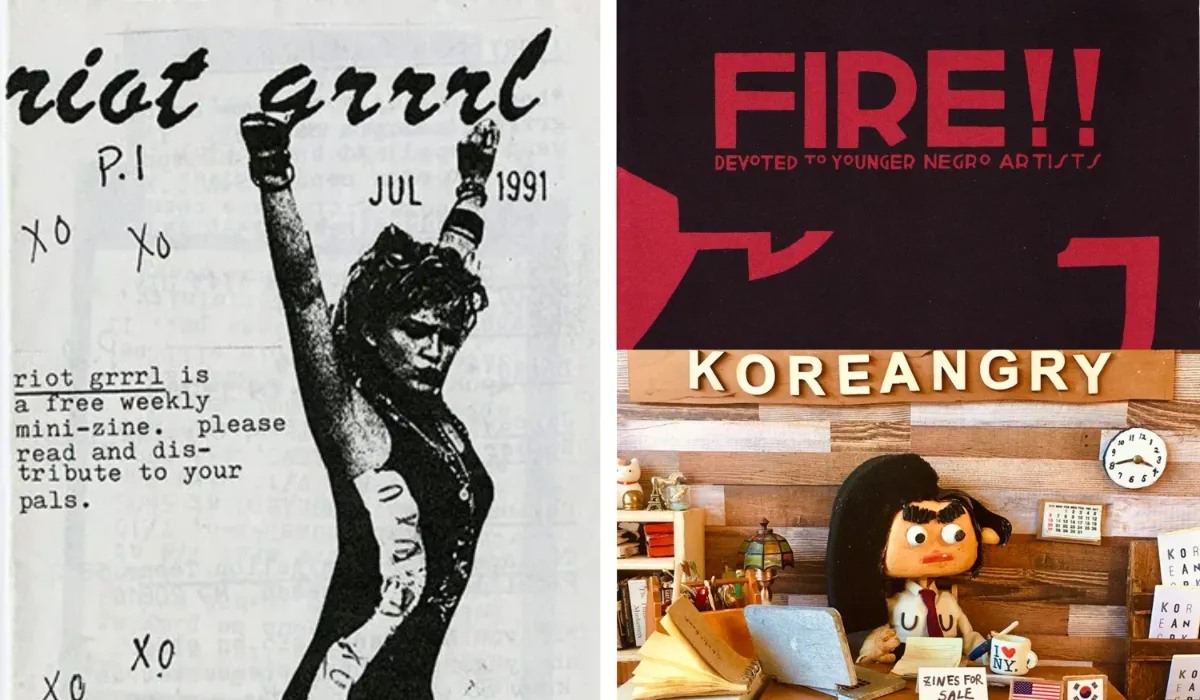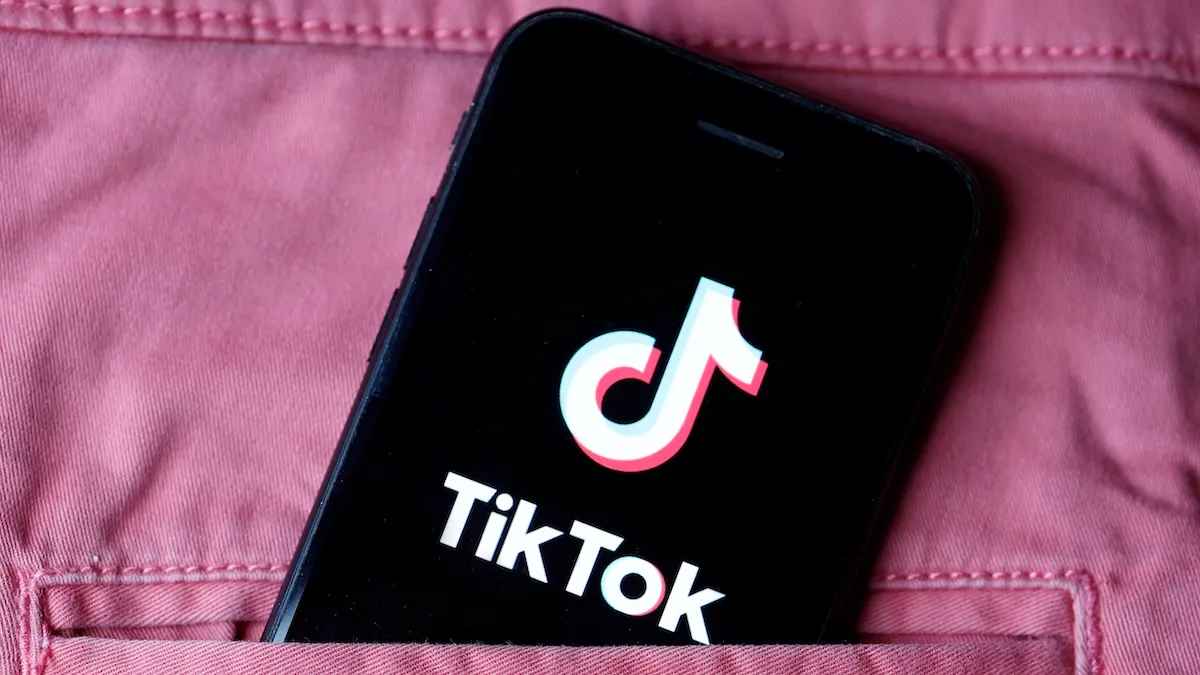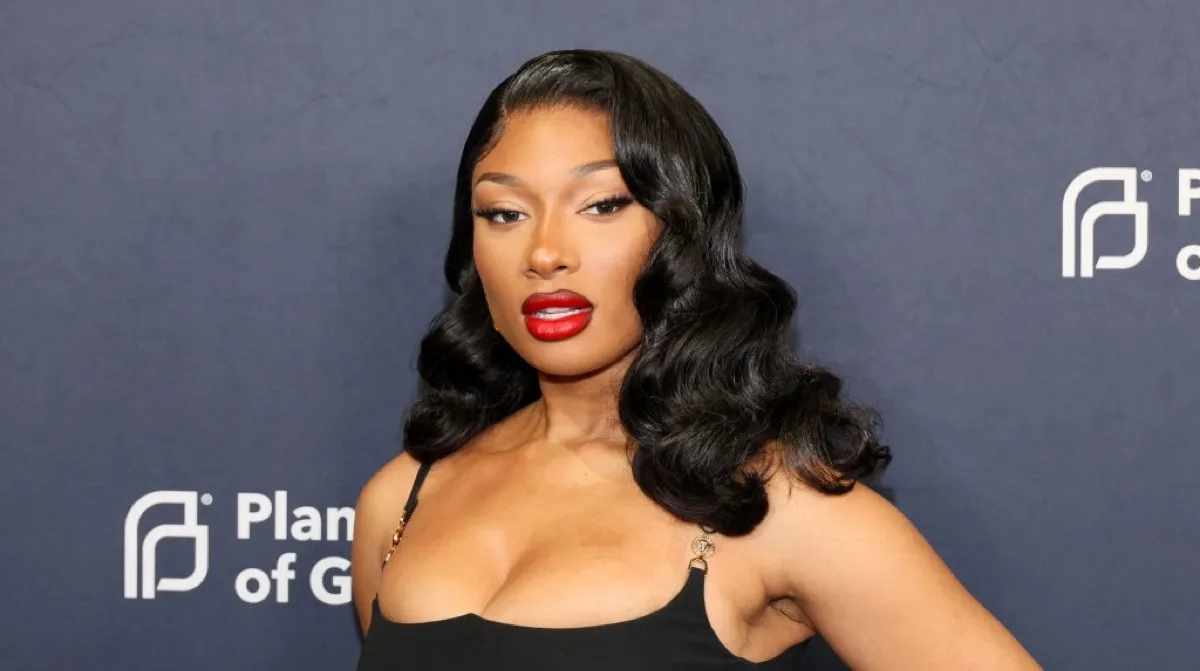July is considered International Zine Month, and since we live in a time when artistic integrity and expression is especially in peril, it’s more important than ever to reflect on the importance of zines and what they mean to creatives.
In case you’re unfamiliar, zines are self-made, self-published booklets that pretty much anyone and everyone can make. You can make them in any number of way, from doodling on leftover pieces of printer paper to making full-scale works in Adobe programs. The beauty of zines is in their flexibility, making them an intrinsically radical, non-exclusionary form of art.
As such, while they tend to be most proliferated in similarly radical spaces, they can ultimately transcend most conventional standards and be used by anyone, for any purpose. The point of a zine isn’t to be aesthetically “correct,” or even halfway readable. The point is to express yourself, whether you’re trying to educate your community on how to seed-bomb, or you’re a six year old who wants to talk about puppies. This is why zines are ultimately one of the most impactful forms of art and expression out there, and why they’re more than worthy of this monthlong recognition.
A brief history of zines
The University of Texas defines zines as such:
Zines can be difficult to define. The word “zine” is a shortened form of the term fanzine, according to the Oxford English Dictionary. Fanzines emerged as early as the 1930s among fans of science fiction. Zines also have roots in the informal, underground publications that focused on social and political activism in the ’60s. By the ’70s, zines were popular on the punk rock circuit. In the ’90s, the feminist punk scene propelled the medium and included such artists as Kathleen Hanna, who produced riot grrrl out of Olympia, Washington.
A zine is most commonly a small circulation publication of original or appropriated texts and images. More broadly, the term encompasses any self-published unique work of minority interest, usually reproduced via photocopier. A popular definition includes that circulation must be 5,000 or less, although in practice the significant majority are produced in editions of less than 1,000. Profit is not the primary intent of publication. There are so many types of zines: art and photography zines, literary zines, social and political zines, music zines, perzines (personal zines), travel zines, health zines, food zines. And the list goes on and on.
UT Libraries
It feels important to add here that the “Little Magazine” movement during the Harlem Renaissance actually predated the 1930s science fiction movement. It wasn’t as well-known since these earlier zines tended to be more independent projects in nature, but considering how much credit is given to the riot grrrls for the popularization of zines, it feels important to note the role that Black artists played in their utilization.
Many prominent artists, writers, and intellectuals created little magazines, including W.E.B. Du Bois and Zora Neale Hurston. One of the most prominent examples of these little mags was Fire!!, which, while short-lived, was created by some truly brilliant minds and made a significant impression:
Fire!!, which made its debut—and indeed, its only appearance—in 1926, was one of the little magazines which had a slate of impressive literary talent behind it. Founded by Wallace Thurman, Langston Hughes, Aaron Douglas, Bruce Nugent, Gwendolyn Bennett and John P. Davis, the magazine was utterly radical for its time, even among a culture of radical black activism and creativity. Fire!! struggled financially from the beginning and took an even bigger hit when the offices for the magazine burned down shortly after its publication. The magazine gave space for fiction and essays and opened its spaces to talking about topics like homosexuality, bisexuality, prostitution, colorism, and more.
One of the big challenges during the Harlem Renaissance, which played out through its little magazines and other creative ventures, was the varying beliefs among black leaders about the best way forward. Indeed, the Harlem Renaissance’s time frame places it post-slavery, during the Jim Crow era, and deep in the era of the Great Migration. Fire!! was one magazine some felt held back progress for the black community, while others saw it as a necessary, indeed subversive, means of claiming their own space. More, it was independent and didn’t depend upon patrons or a mother company.
Fire!! can be read in full thanks to the POC Zine Project online, but you can also pick up a reproduction print of the magazine, too. There’s also a fantastic and more in-depth history of Fire!! at FIYAH: Magazine of Black Speculative Fiction and how the little magazine influenced the contemporary title.
Courtesy of Book Riot—I highly recommend reading this whole article!
Of course, we would be remiss not to mention how zines were popularized via the riot grrrl movement, and how vital DIY (“do it yourself”) culture was to spreading zines around the United States. Riot grrrl was a punk subculture founded in response to the overly machismo, exclusionary nature of most major punk scenes in the late ’80s and throughout the ’90s. It gave women in these scenes a chance to flex their own voices, and zines played a vital part in establishing these scenes.
Zines would get passed around at meetings and shows, and through these zines, one could learn more than just when the next gig was happening. Many zines provided a critical feminist lens to things going on in the world, on a broader political scale as well as a more closely-intertwined social one. This kind of zine culture would ultimately become the norm, even today, where zines are passed around like hotcakes at shows and often offered for free, just for the sake of educating people in your community.
The modern zine scene
Yearly zine fests are held all over the country, sometimes in tandem with comics expositions, and sometimes just on their own. I’ve been to more than a few and can attest to how liberating they are, in comparison to events dedicated to traditional publication. In a time when standard publishing is truly going through Some Bullshit, zines allow for freer, more authentic expression, which then gives way to more worthy stories being told.
Our own Julia Glassman is quite well-versed in zines herself, having formerly been a zine librarian at the University of California Los Angeles. In fact, Julia began this collection and spearheaded this project herself, as an avid creator and collector of zines herself:
The goal for the collection is to see student work on the library shelves next to zines from crafters across the nation, she said.
The project is a collaboration between library staff Powell Library and UCLA students. Glassman and student groups such as the Bad Art Zine Collective and Student Committee for the Arts worked together to start the project, said Sharon Farb, associate university librarian for collection management and scholarly communication.
The UCLA library set aside $1,300 for the collection after she pitched the idea about a year ago, Glassman said. She said she has spent about half of the funds gathering zines for the collection.
Glassman said she thinks the pamphlets are a democratic form of communication because the zine community doesn’t have a clear hierarchy. Without publishing rights and agents to compete for , the content of a zine comes directly from their creators, are typically mass produced and rarely created for profit.
The Daily Bruin
Such collections are vital cornerstones for fostering and nurturing authentic community in any space. Through zines, countless real stories from the ground up are preserved and honored, not just the few who pass a publishing test. Glassman’s own zine, Five Principles of Green Witchcraft, is a testament to this, as a piece of work that helps connect readers to their natural environment in both accordance with climate anxiety and the sacred nature of rituals.
Ultimately, everyone I know who’s ever either worked on a zine, or been involved in teaching others how to make zines, are people who care deeply about sharing the stories of themselves and others. They want to connect with the world without having to pass arbitrary tests, and zines have always been the most beautiful, raw ways of doing so. This is why zines are such an important form of art worth cherishing, preserving, and upholding throughout all kinds of cultural shifts: they allow us to peel back the standards which bind us, and instead liberate ourselves and others through authentic expression.
Even though International Zine Month might soon be ending, loving, creating, and passing around zines is an all-year lifestyle! Make sure to check out zine fests happening near you, hit up alternative bookstores or anarchist cafes to peruse their collections, and above all else, never be afraid to create something of your own. You’ll be leaving an impact in a tangible way, and that’s what this is all about, right?
(featured image: Feminist Press/Fire!!/Koreangry)









